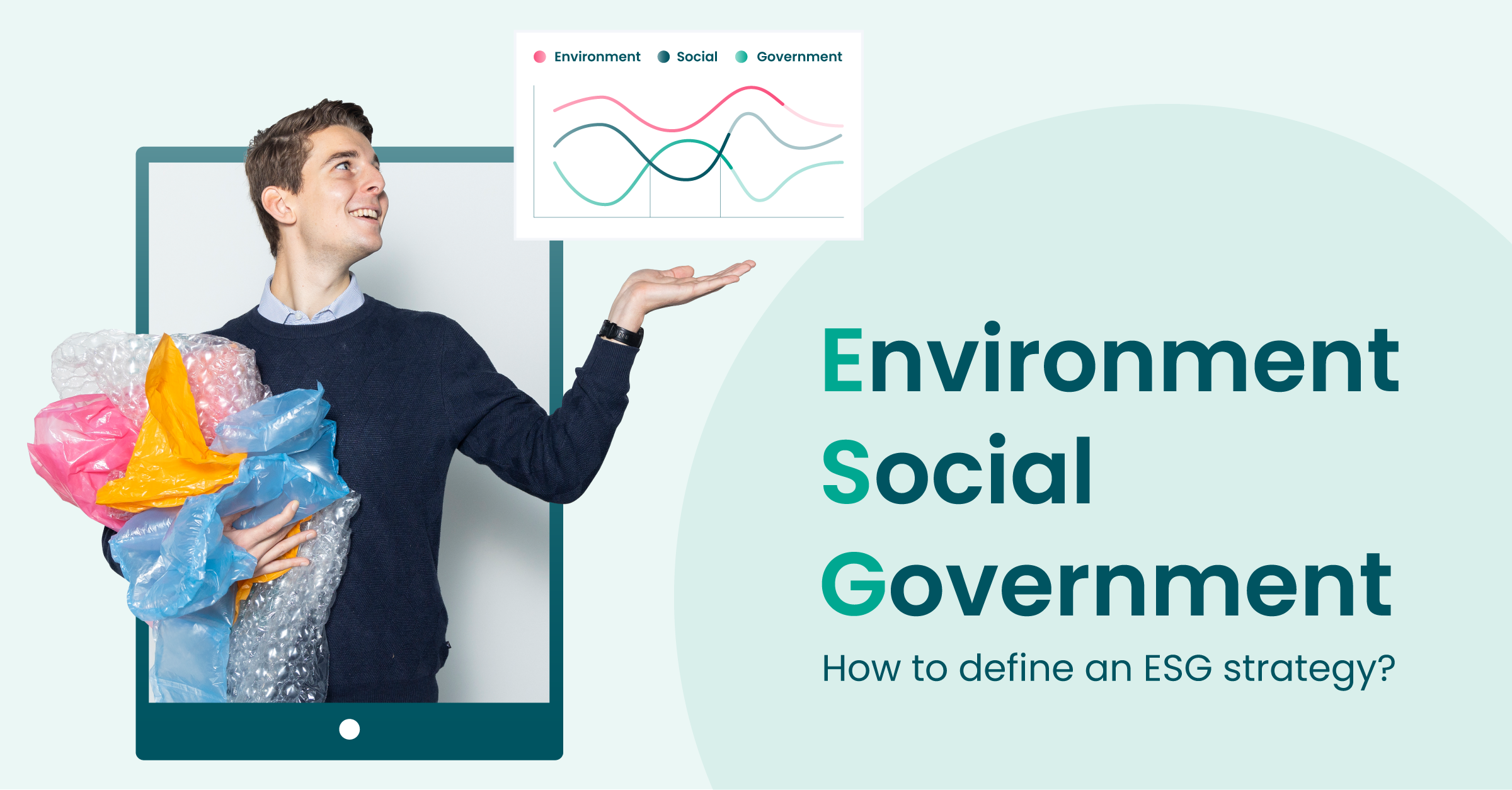All you need to know about sustainability reporting - part 3
You might have heard something or maybe a lot already about impact reporting, ESG, CSRD, GRI, GHG, and many more abbreviations and complex terminology around non-financial reporting and reducing the negative impact of a company. So what is all of this about?
In this third part of our four-part blog series, we are going to answer some of these questions for you!
What are the most commonly used standards for sustainability reporting?
To measure and report on your sustainability performance you can use different standards. There are many different standards on both national and international levels. Below we explain the most commonly used standards and/or the ones you need to know to meet regulations like the CSRD.
European Sustainability Reporting Standards (ESRS)
The ESRS (European Sustainability Reporting Standards) are a set of reporting standards specifically developed for the CSRD. These standards provide guidelines and criteria for companies to report their sustainability performance in a consistent and comparable manner.
While the ESRS are designed to meet the requirements of the CSRD, it is important to note that they do not replace or override existing global reporting frameworks and standards. Instead, the ESRS aim to align with and complement these existing standards. For example, the GRI standard and GHG protocol (see below). Companies can use the GHG Protocol in conjunction with the ESRS to report on their GHG emissions and set emission reduction targets.
Greenhouse Gas Protocol (GHGP)
The Green House Gas Protocol (GHGP) is the most commonly used worldwide standard to measure and report on climate change effects, also known as greenhouse gas (GHG) emissions. The Protocol was developed by the World Resource Institute (WRI) and the World Business Council for Sustainable Development (WBCSD).
To measure GHG emissions, the GHG Protocol developed the scope 1, 2, and 3 categories.
- Scope 1: includes a company’s direct emissions, for example burning fuel from the company’s vehicles.
- Scope 2: entails the emissions that a company indirectly causes. For example, emissions from the energy the company uses to cool its facilities.
- Scope 3: are the emissions that a company has no direct influence from, but that happen in the value chain of the company. For example, the emissions from generated waste.
More information about the GHG Protocol can be found here.
Source: Greenhouse Gas Protocol
Recently, there is also talks about scope 4 greenhouse gas emissions. These are avoided emissions, formally indicated as a reduction of emissions that occur outside of a value chain or the life cycle of a product. For example, the avoided greenhouse gas emissions from having online meetings instead of traveling to meet in person or the avoided emissions from recycling instead of incinerating because no virgin material needs to be used. This is not (yet) an obligatory scope to report on, but it can help you create a complete overview of your greenhouse gas emissions and to prepare for the future.
Global Reporting Initiative (GRI)
The Global Reporting Initiative (GRI) is a non-profit organisation that holds one of the leading reporting frameworks for corporate sustainability reporting. The reporting framework consists of multiple standards around the ESG pillars. The standards fall into three series: 1) GRI Topic Standards, 2) GRI Sector Standards, and 3) GRI Universal Standards. More information can be found on the GRI website.
How does GRI relate to the Green House Gas Protocol?
GRI and the GHG Protocol are complementary frameworks that can be used together in sustainability reporting. GRI provides a framework to report on various ESG topics whereas GHG Protocol is solely focused on reporting GHG emissions. To measure and report on carbon emissions, the GRI framework refers to the Greenhouse Gas Protocol (GHG Protocol).
Sustainability Accounting Standards Board (SASB)
The Sustainability Accounting Standards Board (SASB) is a non-profit organisation that has developed a framework for corporate sustainability reporting focusing on ESG topics. It focuses on industry-specific factors that can impact financial performance. By integrating with financial reporting, SASB aims to provide standardized and comparable sustainability information to investors. More information can be found on SASB website.
What is the difference between SASB and GRI?
SASB and GRI are both frameworks for reporting sustainability information, but they have some differences. SASB has a more narrow focus and focuses on financial materiality, while GRI covers a wider range of sustainability and material issues and offers more flexibility for reporting.. The choice between the two depends on what a company wants to report on and what stakeholders expect. Some companies may even use both frameworks together to give a more complete picture of their sustainability performance.
International Sustainability Standards Board (ISSB)
The International Sustainability Standards Board (ISSB) was formed in 2021 at COP26 in Glasgow following strong public demand for standards that ensure high quality and a comprehensive global baseline of sustainability disclosures. With these standards, the focus is on the investors and financial markets. On June 26 (2023) the inaugural standards were announced. For more information, see this page.





